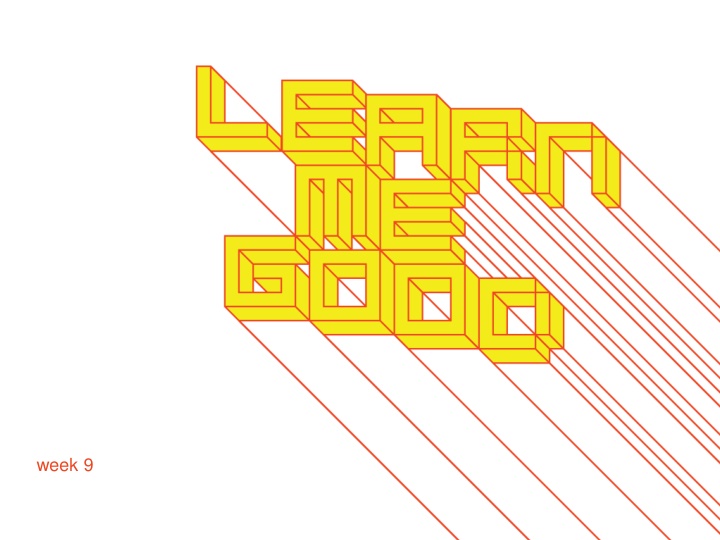
Exploring Societal Margins and Identity Through Counterimage Projects
Delve into the intricate balance between individual rights and public health concerns while examining societal norms and expectations. Gain insights from the film "Dark Days" on marginalized communities and explore the impact of living underground versus aboveground in subsidized housing. Develop a challenging counterimage project reflecting your unique intersectional identity and contesting prevailing representations in media and culture.
Download Presentation

Please find below an Image/Link to download the presentation.
The content on the website is provided AS IS for your information and personal use only. It may not be sold, licensed, or shared on other websites without obtaining consent from the author. If you encounter any issues during the download, it is possible that the publisher has removed the file from their server.
You are allowed to download the files provided on this website for personal or commercial use, subject to the condition that they are used lawfully. All files are the property of their respective owners.
The content on the website is provided AS IS for your information and personal use only. It may not be sold, licensed, or shared on other websites without obtaining consent from the author.
E N D
Presentation Transcript
week 9: the forgotten + Screening: Dark Days, Directed by Marc Singer (2000, 84 min.) + Optional Viewing: Dark Days (2000) THE MAKING OF DARK DAYS dvd extra. + Near Penn Station, next to the Amtrak tracks, squatters have been living for years. Marc Singer goes underground to live with them, and films this "family." A dozen or so men and one woman talk about their lives: horrors of childhood, jail time, losing children, being coke-heads. They scavenge, they ve built themselves sturdy one-room shacks; they have pets, cook, chat, argue, give each other haircuts. A bucket is their toilet. Leaky overhead pipes are a source of water for showers. They live in virtual darkness. During the filming, Amtrak gives a 30-day eviction notice. 2
week 9: the forgotten + How do you reconcile the rights of individuals to live freely with public health concerns? When does forcible intervention trump individual freedoms? + What conditions might lead citizens to choose a life on the margins (not just the unhoused)? How do societal expectations and norms factor into these situations? + This film enters the "domesticated" underground, where those who have very little struggle to make a home. Through this it traces the inhabitants' lives using what is called a narrative of adaptation. What motivates us in the face of adversity, seeking safety and socialization? Having lived as a collective family underground, what might the impacts of living alone and aboveground in subsidized housing have on the tunnel s former residents? + Break and meet for project development 3
week 9: the forgotten + Assignment: Counterimage (Proposal: October 28, 10% / Final: December 2, 50%) + Overview: + Draw upon one or more of the weekly topics to conceive of an open-ended response or counterimage + Your project should challenge or contest dominant representations and norms depicted in media, advertising, arts, and culture + Reflect your own intersectional identity, which may or may not have been explicitly addressed in the 12-week semester + The project could conceivably be an extension of the Who am We? Assignment + It might also present an opportunity to develop a submission for the annual year-end exhibition + We have been trying to theorize identity as constituted, not outside but within representation; [ ] not as a second-order mirror held up to reflect what already exits, but as that form of representation which is able to constitute us as new kinds of subjects, and thereby enable us to discover places from which to speak. - Stuart Hall. Cultural Identity and Diaspora, Identity: Community, Culture, Difference + Inspiration: + 5000 Feet is the Best, Omer Fast (2015) + Art21 interview with Omer Fast 4
week 9: the forgotten + Assignment: Counterimage (Proposal: October 28, 10% / Final: December 2, 50%) + Proposal: + Possible formats: website, video, animation, graphic novel/zine, poster series, 3D/sculptural piece, speculative furniture/lighting, another bookwork, etc. + May be completed as a collaborative team project speak with me about parameters + Elements to include: + Key texts/resources that will be guiding the development of your work + Preliminary sketches, moodboards, keywords + Resource requirements (CDA, CTC, etc.) + Preliminary timeline + If you are working in a team, identify primary responsibilities for each member + Projects requiring specific spaces within the department: contact Mich early for bookings (michelina.sardella@concordia.ca). + Summarize the general conceptual framework and intended message or manifesto (~500 words) + Who is your audience? + Where do you foresee this being disseminated? 5
week 9: the forgotten + Assignment: Counterimage (Proposal: October 28, 10% / Final: December 2, 50%) + Final Presentation: + Presentations will take place during our last class session on December 2 + General tours and viewing of works, followed by 5-10-minute formal critiques + Install works prior to start of the class to keep things flowing smoothly + We will discuss placement and requirements in week 11 + Coordinate with CDA for any equipment needs book early! + Process document and reflective statement (~500 words) + You are advised to be compiling this information in parallel to the project production to avoid a rush at the end of the semester + Upload a PDF copy to Moodle 6
week 9: the forgotten + For Next Week: + Read/Visit Before Class: + Thorpe, Ann. Design as Activism: To Resist or to Generate? Current, Web. + The Yes Men. The Yes Men, n.d., Web. + View Before Class: + RIP! A Remix Manifesto. Directed by Brett Gaynor, NFB, 2008. + Continue development on the Counterimage project + If you have specific room requirements, book spaces with Mich (Michelina.sardella@concordia.ca) + Arrange for audio/visual equipment with CDA (if applicable) 7






















